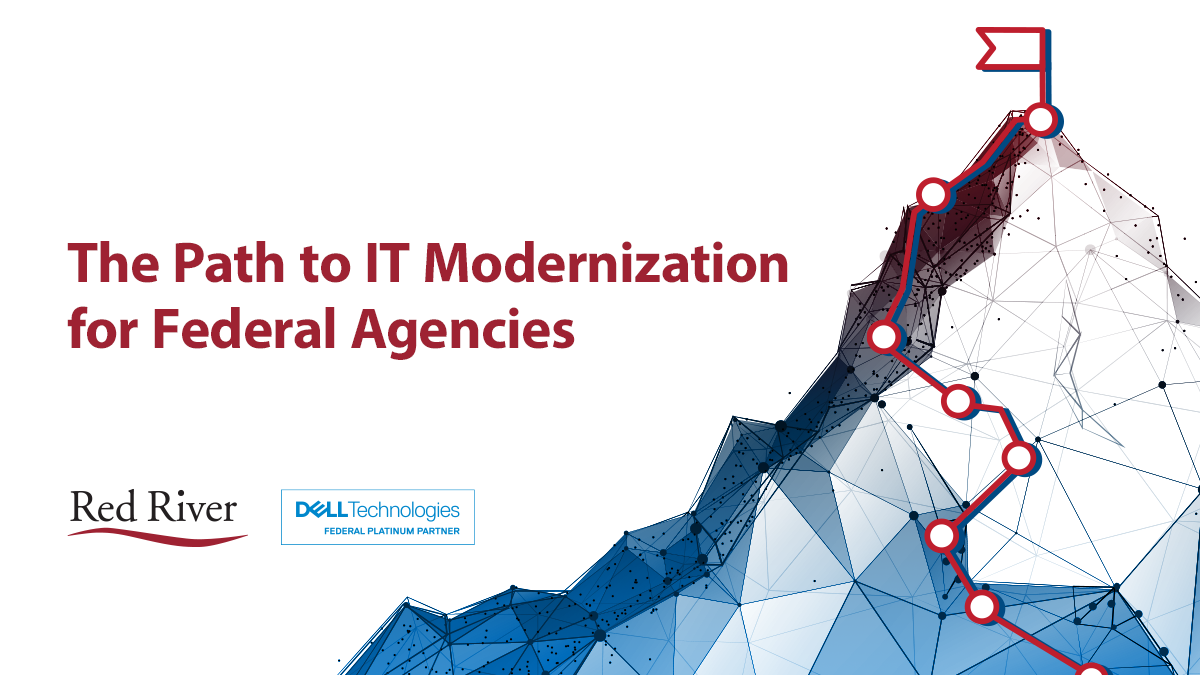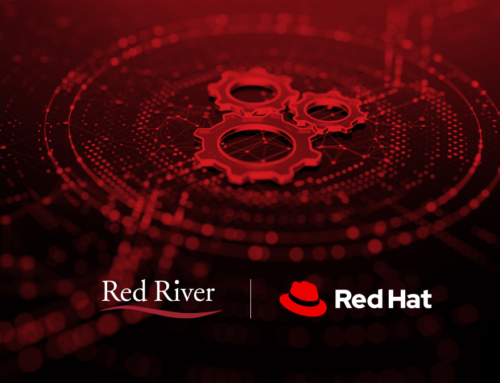
Fast Facts on IT Modernization for Federal Agencies
Aging hardware, cloud strategies and maintaining security in an increasingly complex environment are all top considerations for leaders driving toward IT modernization. But what is the best path forward and what’s at stake? In our latest infographic, we break down the fast facts you need to know about IT modernization.
Aging On-Prem Hardware Could Be Causing Vulnerabilities & Inefficiencies
Manufacturers recommend a hardware refresh every five years because server hardware becomes less efficient and incurs more performance issues that drive up costs and frustrate staff. Adopting modern on-prem solutions can maximally address these concerns.
A Hardware Refresh with Lower TCO Also Improves Performance
Keeping TCO down is key to making hardware attractive for adoption in a hardware refresh. At the end of the day, speed is everything. Modern servers, like Dell Technologies’ PowerEdge with 4th generation AMD EPYC processors, are designed with the needs of today’s agencies in mind. Higher core count provides more computing power, which can power more virtual machines, providing increased I/O capacity for GPU acceleration. It also offers better ROI for GPU investment and faster calculation. These enterprise-grade features will boost efficiency in Federal agencies, which often need to process a staggering amount of data.
Cloud Complexities Require Simplified Management
Two-thirds of all Federal agencies have now adopted the cloud, with most organizations using over 1,200 cloud services – but each of these cloud solutions may present a vulnerability. Now that organizations are moving to the cloud, they are finding themselves meeting another challenge—the challenge of scaling and securing a system of exponential complexity. Only one third of Federal agencies trust their secured data in the cloud
A Higher Standard
The standards for IT management and data protection have changed. Consider these key takeaways:
- The National Institute of Standards and Technology (NIST) has also released new standards for cloud security – NIST Cloud Computing Standards Roadmap –
which include guidance on how organizations can assess their risks and migrate to the cloud safely.
- New encryption standards have been introduced to deal with the advent of (and proliferation of) new quantum computing solutions.
- To ensure data is properly protected, Federal agencies must make sure that they are working with cloud service providers who are compliant with these standards.
- “Cloud Smart” doesn’t mean “Cloud Always.” With high-end on-prem servers, the need for public cloud is reduced if not eliminated.
Understand How to Best Leverage Zero Trust
Q1 2025, the Cybersecurity Maturity Model Certification (CMMC) will go into effect.
The CMMC ensures that defense contractors handling sensitive federal data meet specific cybersecurity standards, reducing vulnerabilities and potential breaches.
A federal agency can leverage zero trust principles to achieve their goals under the CMMC
by implementing continuous verification, enforcing least privilege access, micro-segmenting networks, encrypting data, maintaining asset inventories, and providing user training.
Best Practices for a Better Cybersecurity Posture
- Performing regular risk assessments: Assess risks on a regular basis and have a plan in place to mitigate them.
- Implementing strong authentication and authorization controls: Shift to a zero-trust only authorization system.
- Encrypting data: Data should be encrypted both at rest and in transit.
- Monitoring activity: Monitor activity on all networks and look for any anomalous behavior.
- Training employees: Employees should be trained on cybersecurity best practices and policies.
- Keeping up with the latest news: Stay up-to-date on the latest cybersecurity news and trends.
Get the full story at-a-glance in our latest infographic.
written by
Red River
We call ourselves a technology transformation company because we know how to harness the power of technology to change the way you do business and meet mission objectives. Our industry leading technical expertise, strategic partnerships and portfolio of services and solutions that span the entire lifecycle of technology have made us the partner of choice for clients in the commercial, federal and SLED markets interested in optimizing business processes and maximizing the value of their investments. Learn more about Red River.




